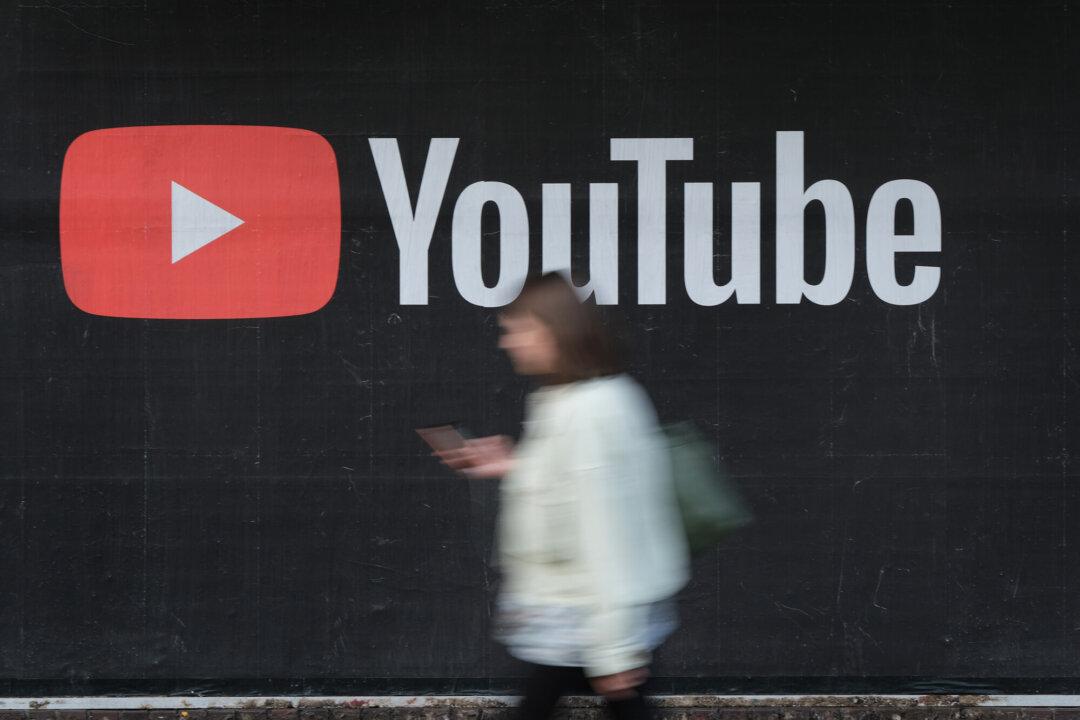Thousands of people globally uninstalled their ad blockers after YouTube began a crackdown on such tools and prevented them from accessing videos on the streaming platform.
In May, YouTube began asking users to disable ad blocking tools in order to view videos on the platform. Last month, it expanded the crackdown on ad blockers. This resulted in hundreds of thousands of internet users uninstalling ad blockers in October, which is a record number, according to a Nov. 3 report by Wired.





